When you open a bottle of pills or a tube of cream and notice something off-maybe it smells weird, looks discolored, or feels gritty-it’s not just a red flag. It could be a sign your medication has broken down. Expired drugs don’t always lose potency overnight. Sometimes, they change in ways you can see, smell, or feel long before the date on the label. And those changes aren’t just cosmetic-they can mean the drug is unsafe or ineffective.
What Happens to Medications After They Expire?
Every drug has a shelf life based on how stable its active ingredients are under normal storage conditions. That expiration date isn’t arbitrary. It’s the last day the manufacturer guarantees the drug will work as intended and remain safe. After that, chemical reactions begin. Light, heat, moisture, and even air can trigger degradation.
For example, tetracycline antibiotics don’t just lose strength-they turn yellow or brown. That’s not just a color change. It’s a chemical reaction called epimerization, which can make the drug toxic. Nitroglycerin, used for heart conditions, turns from clear to yellow-brown when it breaks down. If you take it, you might not get the relief you need. In worst-case scenarios, degraded drugs can cause harm instead of helping.
Color Changes: The Most Common Warning Sign
Discoloration is the most frequent sign of drug degradation. According to NASA’s 5-year stability study, 68.3% of expired medications showed visible color changes. In solid tablets, it often starts at the edges. A white pill with faint brown spots? That’s not normal. A clear liquid turning cloudy or yellow? That’s a red flag.
Some drugs are naturally prone to this. Doxycycline pills can turn dark yellow. Amoxicillin capsules may darken if exposed to moisture. Even common pain relievers like aspirin can turn chalky white or develop a vinegar-like smell as they break down into salicylic acid.
Don’t rely on memory. Compare what you see to the original packaging or manufacturer images. The FDA’s Drug Expiration Database has reference photos of common degradation patterns. If your pill looks different from the picture, don’t take it.
Odor: Smell Can Be a Lifesaver
Most medications have little to no smell. If yours suddenly smells sour, musty, or chemical-like vinegar, ammonia, or rotten eggs-it’s degraded. That odor usually means moisture has gotten in, allowing mold or bacteria to grow, or chemical breakdown has occurred.
Insulin, for example, should be clear and odorless. If it smells off, even if it’s within the expiration date, throw it out. Antibiotics like doxycycline or amoxicillin can develop a fishy odor when they degrade. This isn’t just unpleasant-it’s dangerous. Ingesting moldy or contaminated medication can lead to gastrointestinal illness or allergic reactions.
One hospital pharmacy in Sydney reported a case where a patient developed a severe fungal infection after using expired topical cream that smelled musty. The pharmacist hadn’t noticed the odor until the patient complained. That’s why you should always check the smell before each use.
Texture and Consistency: Feel the Difference
Texture changes are harder to spot but just as important. Solid tablets should be hard and smooth. If they crumble easily, feel sticky, or have a chalky surface, they’ve absorbed moisture. That’s called caking or clumping. It’s common with hygroscopic drugs like amoxicillin or iron supplements.
Creams and ointments should be smooth and uniform. If you see oil floating on top, water pooling at the bottom, or the texture has become grainy or separated, it’s no longer stable. Clotrimazole cream and mupirocin ointment, for example, often separate after expiration. That means the active ingredient isn’t evenly distributed-you might get too much in one spot and none in another.
Liquids should be clear and free of particles. If you see floating specks, cloudiness, or sediment, don’t use it. USP standards say non-sterile liquids should have fewer than 6,000 particles larger than 10 micrometers per container. You don’t need a lab to spot this. Hold the bottle up to the light. If you see anything floating, discard it.
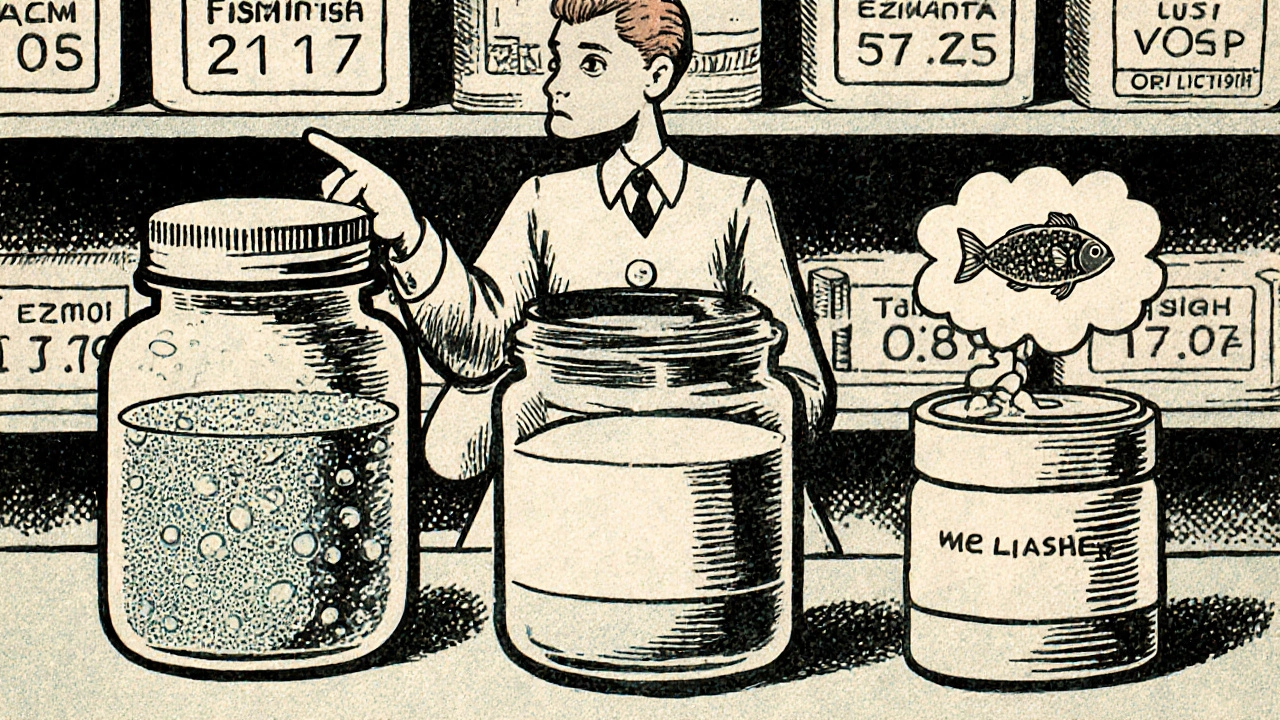
Why Visual Checks Alone Aren’t Enough
Here’s the hard truth: not all degraded drugs show visible signs. A 2017 study by the National Institute of Justice found human visual assessment of drug color is only 65.2% accurate. That means nearly one in three changes go unnoticed.
Take PMZ (a painkiller) tablets. In lab tests, they lost over 20% of their potency before any color or texture change occurred. That’s why some hospitals and research labs use color charts-like the Munsell system-to compare shades objectively. Others use portable spectrophotometers that measure color in precise units.
But you don’t need fancy tools. You need awareness. If you’re unsure, err on the side of caution. A $5 pill isn’t worth a hospital visit.
What to Do When You Spot a Problem
If you notice any of these signs-color change, odd smell, altered texture-stop using the medication immediately. Don’t flush it down the toilet or toss it in the trash. Many pharmacies, including those in Sydney, offer free drug take-back programs. You can also check with local waste management for safe disposal options.
Report the issue. If you bought it from a pharmacy, tell them. If it’s from a hospital or clinic, notify the pharmacist. Document what you saw: “White tablet with brown edges,” “Cream separated into oily layer,” “Liquid had floating particles.” Photos help. Many pharmacies now use digital logs for this exact reason.
Never guess. If you’re unsure whether a drug is still good, call your pharmacist. They have access to stability data and can tell you if the change is expected or dangerous.
How to Prevent Degradation Before It Starts
Most drug degradation happens because of poor storage. Heat and humidity are the biggest enemies. Don’t keep pills in the bathroom. Don’t leave them in a hot car. Store them in a cool, dry place-like a bedroom drawer, not above the fridge.
Keep medications in their original containers. Those bottles aren’t just for labeling-they’re designed to block light and moisture. Transfer pills to pill organizers only if you need them for daily use, and refill weekly.
Check expiration dates every three months. Mark your calendar. Set a reminder on your phone. If a drug is within six months of expiring, ask your doctor if you still need it. Many people hoard old meds “just in case.” That’s risky.
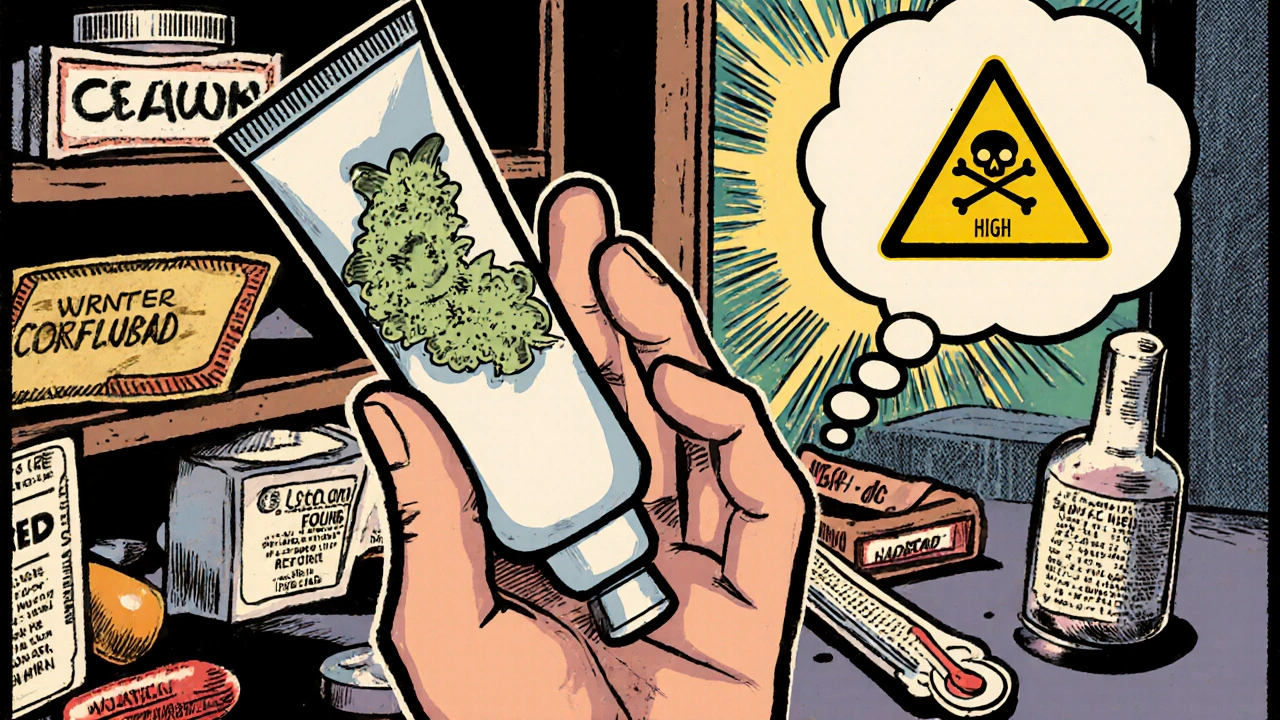
When to Trust the Expiration Date-and When Not To
The FDA and WHO agree: expiration dates are conservative. Some drugs remain stable for years beyond their labeled date. A 2012 FDA study found 90% of over 100 drugs were still effective 15 years past expiration. But that’s under ideal lab conditions. In your home? Not so much.
For life-saving drugs-like epinephrine auto-injectors, insulin, or nitroglycerin-never rely on past expiration. Even if it looks fine, if it’s expired, replace it. For antibiotics, pain relievers, or allergy meds, visual checks matter more. If it looks, smells, or feels wrong, toss it.
There’s no universal rule. But there is one constant: if you have doubts, don’t take it.
Final Reminder: Your Safety Comes First
Medications are powerful. They can heal. They can harm. And when they degrade, you can’t always tell by the date on the bottle. You have to look. You have to smell. You have to feel. These simple checks are your first line of defense.
Don’t wait for someone else to spot the problem. Don’t assume “it’s probably fine.” Your body knows when something’s wrong. Trust your senses. When in doubt, throw it out. It’s not wasteful-it’s responsible.
Can I still use a drug if it’s expired but looks fine?
It depends. Some drugs, like aspirin or ibuprofen, may remain effective for years past expiration if stored properly. But for critical medications like insulin, epinephrine, or antibiotics, never use them past their date-even if they look normal. Degradation doesn’t always show up visually. When in doubt, consult your pharmacist.
What should I do if I accidentally took an expired drug?
If you took a medication that looked or smelled off, monitor yourself for side effects like nausea, dizziness, rash, or unusual fatigue. Call your doctor or poison control if you feel unwell. Even if you feel fine, it’s worth reporting the incident to your pharmacist so they can track potential safety issues.
Why do some pills turn brown while others don’t?
It depends on the chemical structure of the active ingredient. Drugs like tetracycline and doxycycline are prone to oxidation, which turns them yellow or brown. Others, like acetaminophen, are more stable. The excipients (inactive ingredients) also affect how a pill reacts to light and moisture. Always check the manufacturer’s notes on stability.
Is it safe to use expired creams or ointments?
No, not if they’ve changed. Creams and ointments are especially vulnerable to separation, mold, and bacterial growth. If you see oil floating on top, water pooling, or the texture is grainy, throw it away. Using degraded topical products can cause skin infections or reduce effectiveness.
Can I test expired drugs at home?
There’s no reliable home test for drug potency. Color charts or smell tests can help identify obvious degradation, but they can’t measure chemical strength. If you’re concerned, take the medication to a pharmacy. Some offer disposal services and can advise if the drug is still safe.
Are expired drugs dangerous?
They can be. While many expired drugs simply lose potency, some become toxic-like degraded tetracycline, which can damage kidneys. Others, like insulin or epinephrine, may fail when you need them most. Moldy or contaminated medications can cause infections. Never assume expired drugs are harmless.
Next Steps: Stay Informed, Stay Safe
Keep a small log of your medications-what you have, when it expires, and where you store it. Review it every three months. When you refill a prescription, ask your pharmacist: “Is this batch known for any stability issues?” They’re trained to know.
Consider investing in a small, airtight container for daily meds. Keep it in a cool, dark place. Avoid plastic bags-they trap moisture. Use glass or hard plastic with tight seals.
And remember: if you ever question whether a drug is safe to use, don’t take a chance. Talk to a professional. Your health isn’t worth the risk.

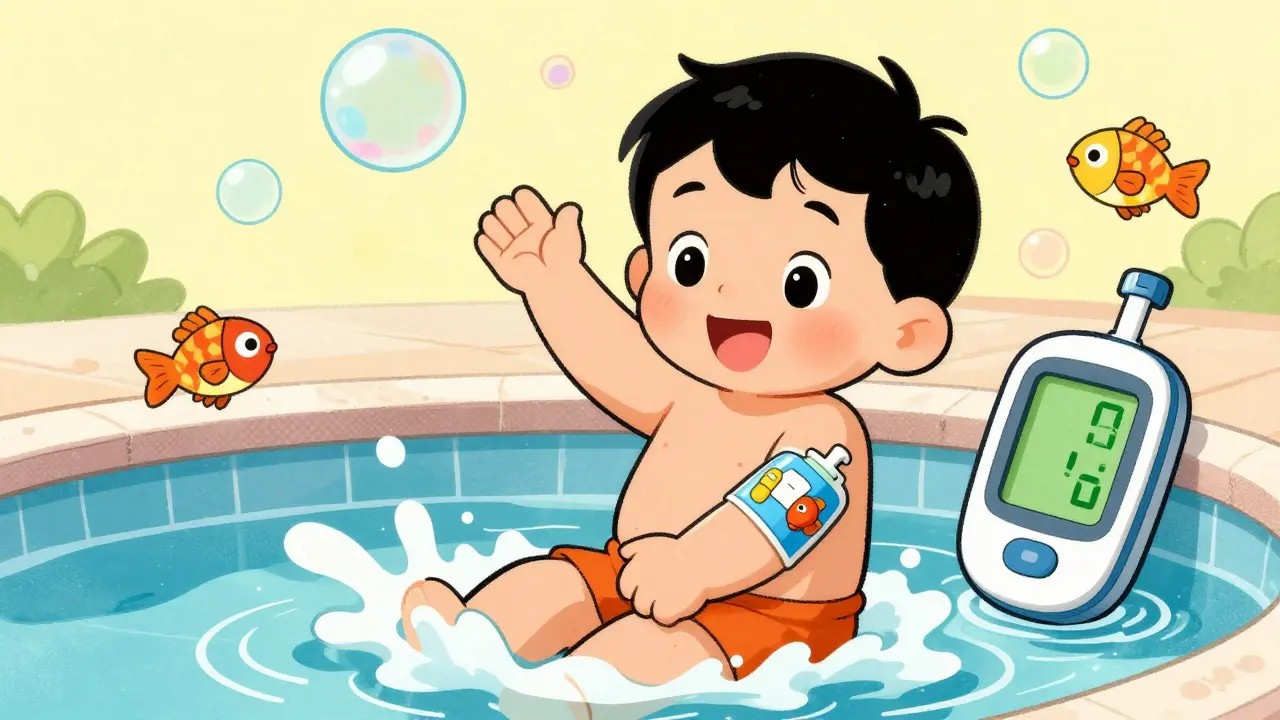
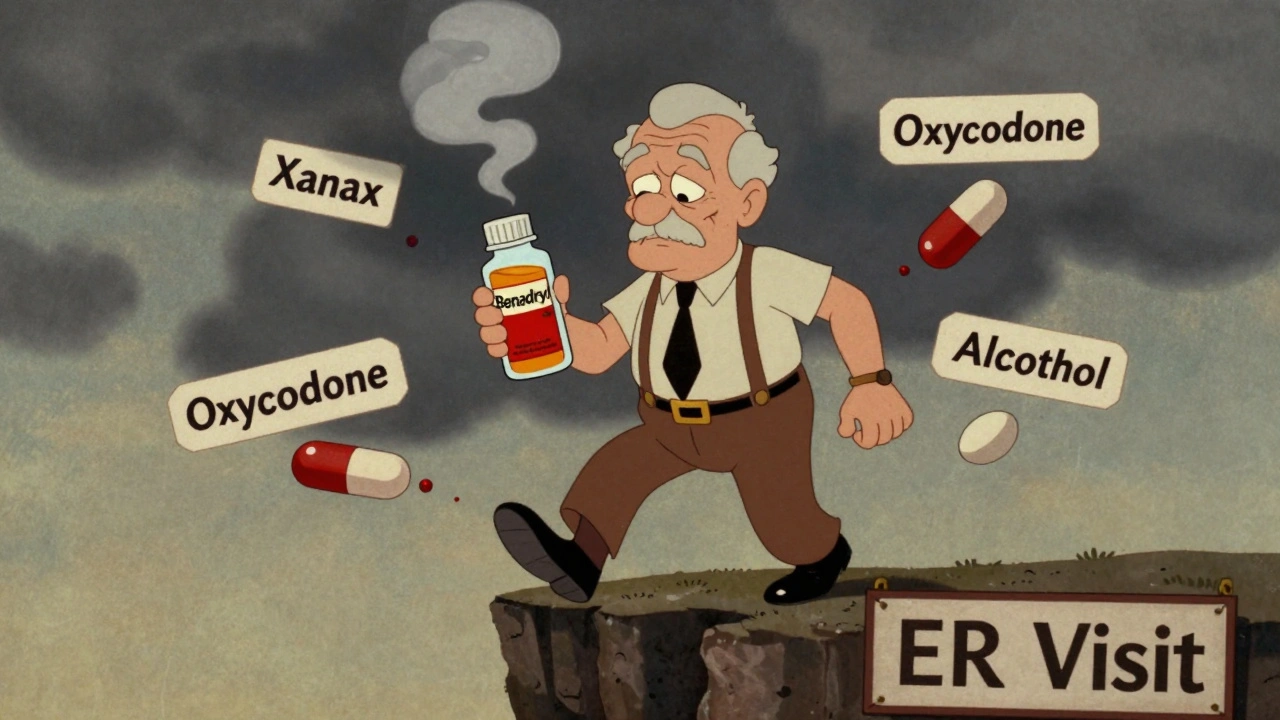
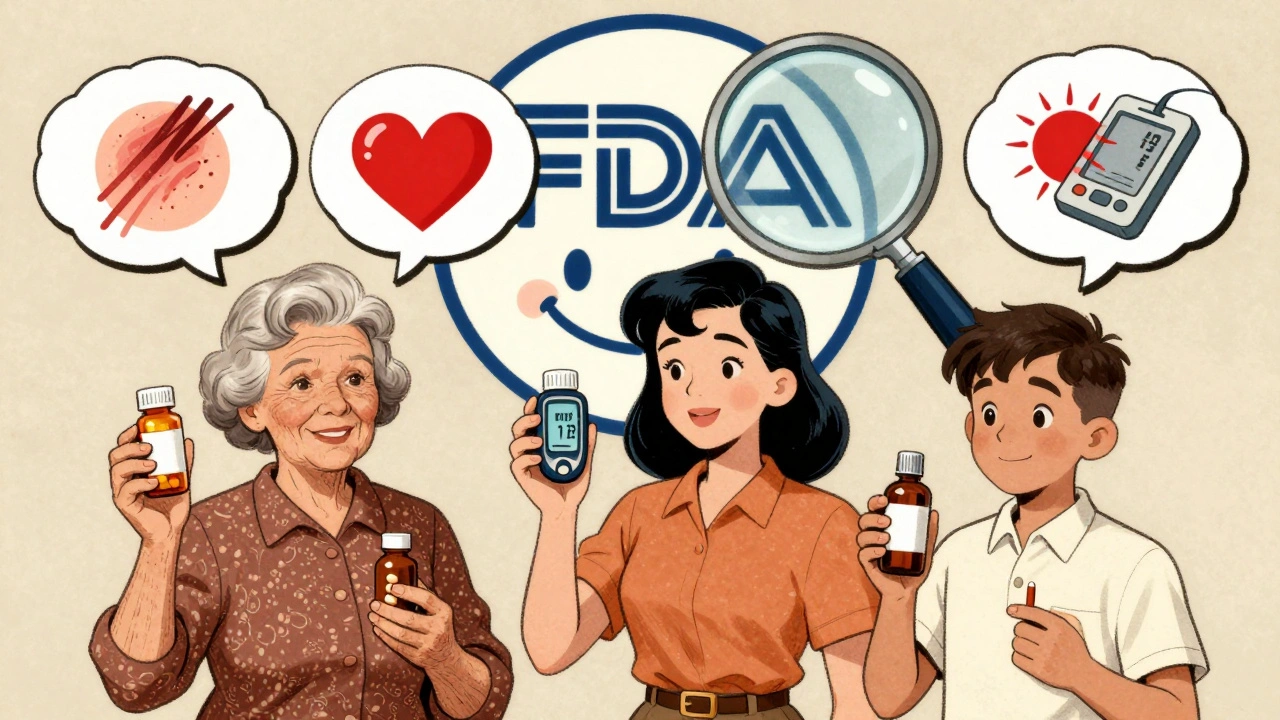
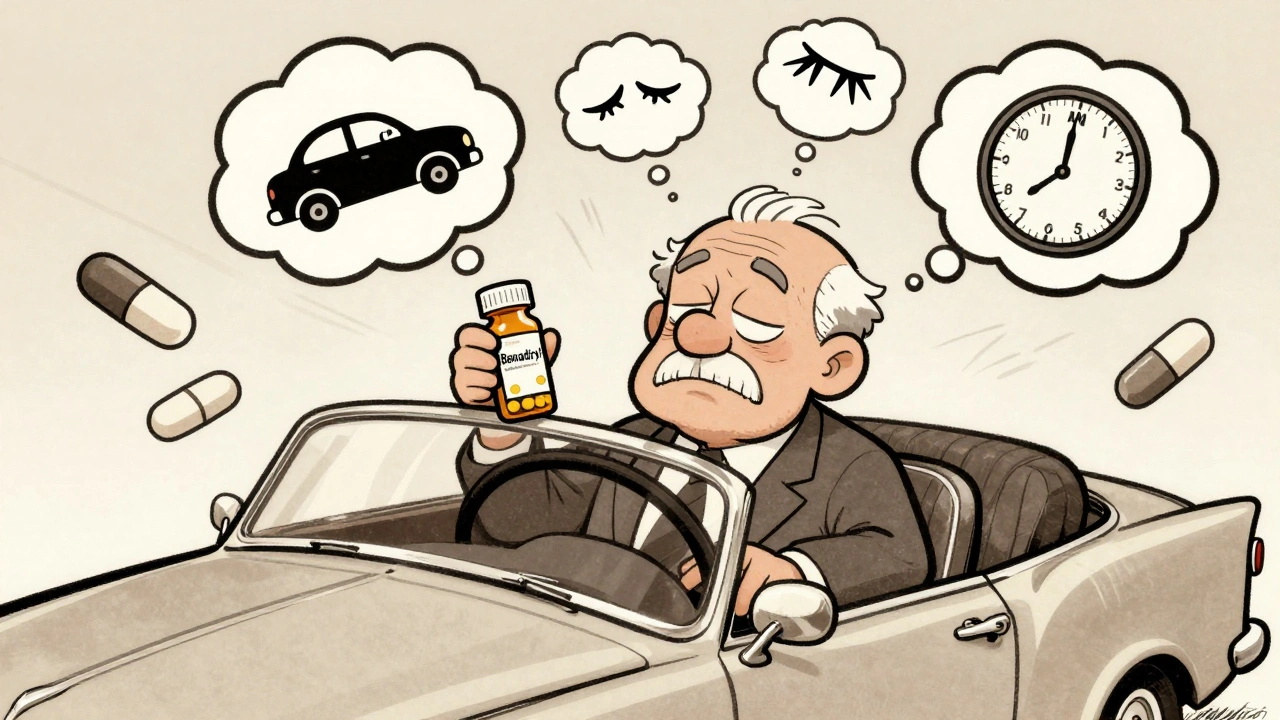
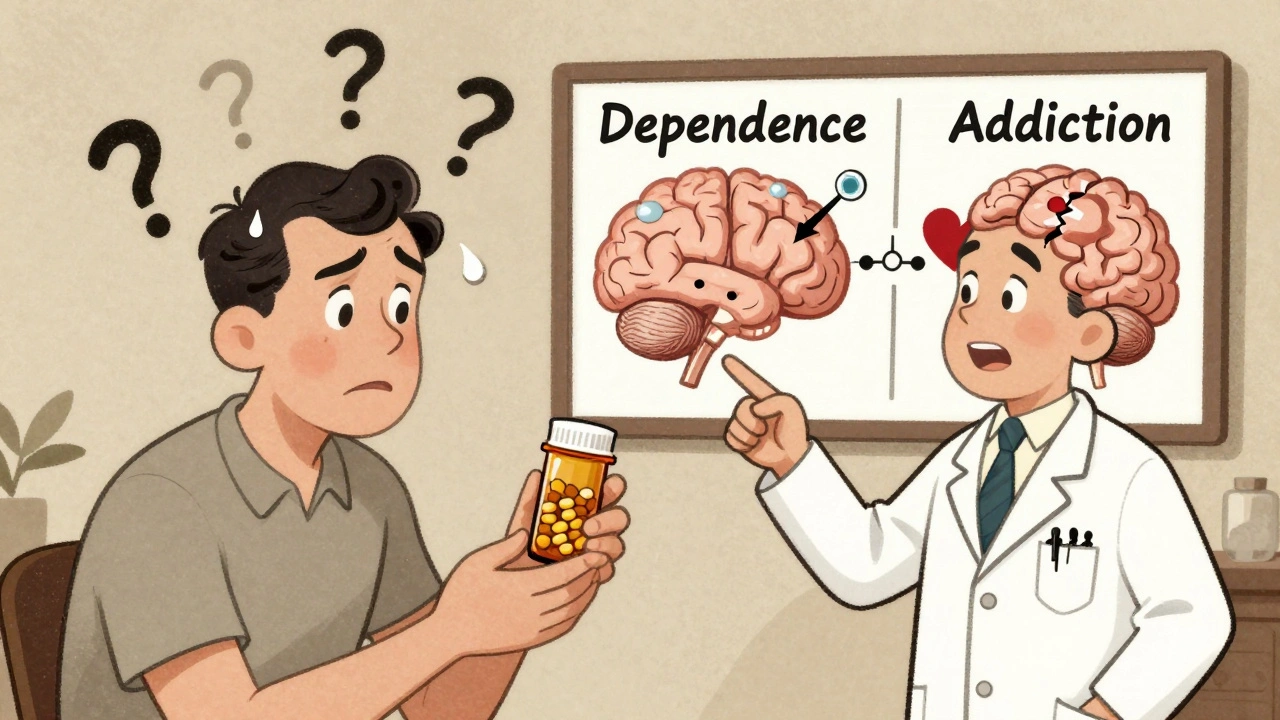
Gus Fosarolli
November 28, 2025 AT 00:50Also, why does everyone act like the FDA is some kind of saint? They say drugs last 15 years in labs. But your bathroom? That’s a sauna with a toilet.
Evelyn Shaller-Auslander
November 29, 2025 AT 22:50Ron Prince
December 1, 2025 AT 18:26Sarah McCabe
December 1, 2025 AT 19:31King Splinter
December 3, 2025 AT 00:08Kristy Sanchez
December 3, 2025 AT 14:12But if your aspirin smells like vinegar, that’s not degradation-that’s your soul crying out for meaning.
Also, I once took expired melatonin and had a 3-hour existential crisis about the nature of time. So... maybe the drugs aren’t the problem. Maybe it’s us.
Michael Friend
December 4, 2025 AT 00:43Jerrod Davis
December 4, 2025 AT 22:41Dominic Fuchs
December 5, 2025 AT 18:18Turns out I didn’t. But I did learn that time doesn’t heal everything. Some things just turn brown and smell like regret
Jasper Arboladura
December 6, 2025 AT 14:47Joanne Beriña
December 8, 2025 AT 08:52Emily Rose
December 8, 2025 AT 13:29Asbury (Ash) Taylor
December 8, 2025 AT 14:53It’s not waste. It’s prevention. Thank you for saying what needs to be said without fear or fluff.
Kenneth Lewis
December 10, 2025 AT 11:34